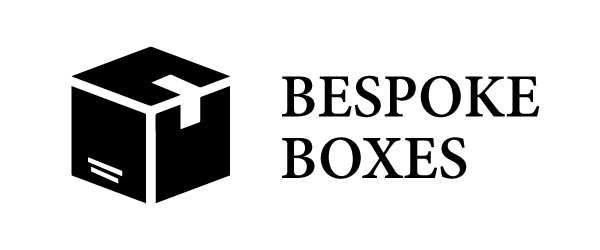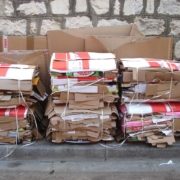What We Know About Packaging Recycling
Every item that we purchase in packaging has an impact. Boxes, bottles, packets and tins all require materials, energy and water to produce. However, this is greatly reduced when systems are in place to support packaging recycling. That’s because many packaging materials can be processed for reuse.
Cardboard and paper are the most widely used packaging materials. Fortunately, recycling rates for these remain high. Consumers know that their delivery boxes and paper wraps are widely recycled. Statista data* reveals that of the 5.4 million tonnes of paper and cardboard generated by UK households in 2023, 73.4% of this packaging was recycled. Additionally, the majority is recycled in the UK and the process from collection to new boxes can take just a few weeks.
How Do Plastic Packaging Recycling Rates Compare?
Plastic Tax has encouraged many brands to increase the recycled content in bottles, containers and other plastic packaging, which is a positive step. However, of the 2.2 million tonnes generated in 2023, 52% was recovered and recycled.
Unfortunately, we have insufficient infrastructure to manage this in the UK. As a result, more than half was sent to Turkey for recycling and the Netherlands received the second highest volume of our plastic waste for processing. Shipping our used packaging to other countries adds to the financial and environmental costs.
Can Packaging Be Reduced?
As packaging producers and retailers, we have a responsibility to consider and recommend ways to reduce the volume of packaging being used. And, let 2025 be the year to investigate options to swap plastic for cardboard or aluminium. Every small change may seem insignificant, yet, collectively, it makes a difference to packaging recycling and our environment.
*https://www.statista.com/statistics/476098/packaging-waste-and-reclycing-uk/






